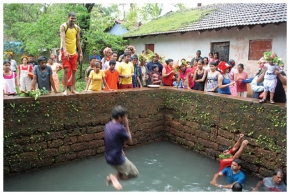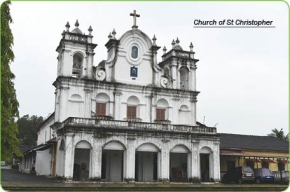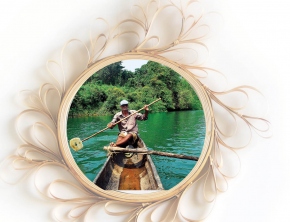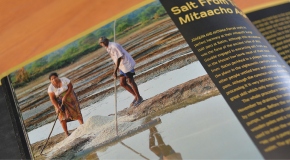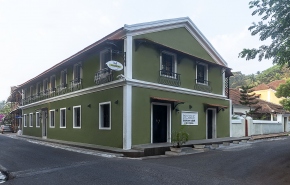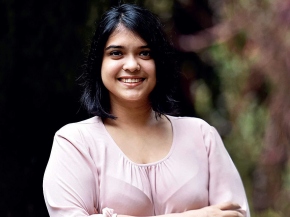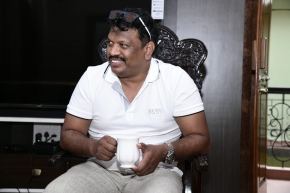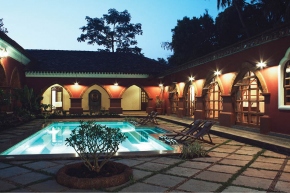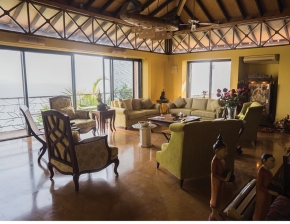Lockdown Dairy: Fests & Zatras remembered
Goa’s quaint villages have unique festivals and celebrations that took a back seat during the lockdown that began in March 2020. Here’s a look at what the people of Goa missed out on during those months
The national lockdown forced the camera to stay put in its cabinet and one was prevented from even exiting the village, with heavy barricades manned by masked policemen. Village vigilantes even closed the access to the local beach using tree trunks as roadblocks. Since then, many traditional fests and zatras that would have taken place were forced to be cancelled.
March 30: The village of Goa Velha was abuzz with excitement, as images of 30 saints were being prepared for the annual grand procession. But when the day dawned, the village that literally turns heavenly with the saints marching through its streets was eerily silent. The saints remained all dressed and decked up, but could not leave the church. The church square missed the excitement of people from all over Goa who usually gathered there to welcome their favourite saint and accompany him or her on a short walk along the bylanes. Others missed bowing and passing beneath the tableau housing the saint. Perhaps devotees turned to their altars and placing the image of their saint, prayed for deliverance from the pestilence!
April 02: Crowds throng the premises of the Partagali Mutt near Canacona to celebrate Ram Navami. Traders wait the entire year to display and sell their seasonal wares as this is one of the many purumentachim
festam (feast of provisions) eagerly awaited by Goans to stock up for
the long monsoons. Besides consumables like bindam sollam (kokum), aamsaan (tamarind), harem (salt fish), mirsang (chillies), losun (garlic), copper utensils, wooden kitchen implements like the adoli (cutting implement), maand-latni (rolling platform and pin), the paat (low seat), and iron cutting tools are also bought and sold here. But then everything remained bundled this year.
April 09: Good Friday is undoubtedly the most marked day on the calendar of the Goan Catholic and practically every one visits the local church or chapel to pay homage to Jesus Christ, who laid down His life on the cross for mankind. But the churches remained shut and every devotee prayerfully fasted and prayed at home.
April 12: Easter Sunday is the most important event in the Christian world. At midnight, when the church bells peal to announce the resurrection of the Christ, everyone remained home, with doors shut and bolted, a memory that will remain etched forever in their hearts and minds.
April 18: A big crowd puller is the feast of Annunciation of Our Lady of Nazareth that takes place on the Sunday after Easter at the chapel on the hillock of Siridao. After the festive mass, and the veneration of a life-sized statue of ‘Jesus Nazarenus’, people make a bee line to sup on some kanji. The hungry and thirsty palates savour the pez that is served in a specially erected enclosure. But this year, their angvonn (vow) to ‘Jesus Nazarenus’ that they would have the pez (kanji) at His feast for favours remain unfulfilled.
April 28: The Dondhs who walk over burning coals on the warm night of the Sirigaochi Zatra had to cool their heels in their homes this year. The streets of Siridao which are usually packed with thousands of the dothi-clad and beth-yielding (specially designed cane) Dondhs bore a deserted look.
The Dondhs (devotees who have committed to walk over live coals to please deity Lairai) leave their home and camp in a shady place near a water body away from the village to purify themselves ritualistically as well as physically for the fire walk. They cook and eat simple vegetarian meals without garlic and onion. Before partaking in any food or drink, they are required to bathe and end up bathing at least five times a day.

